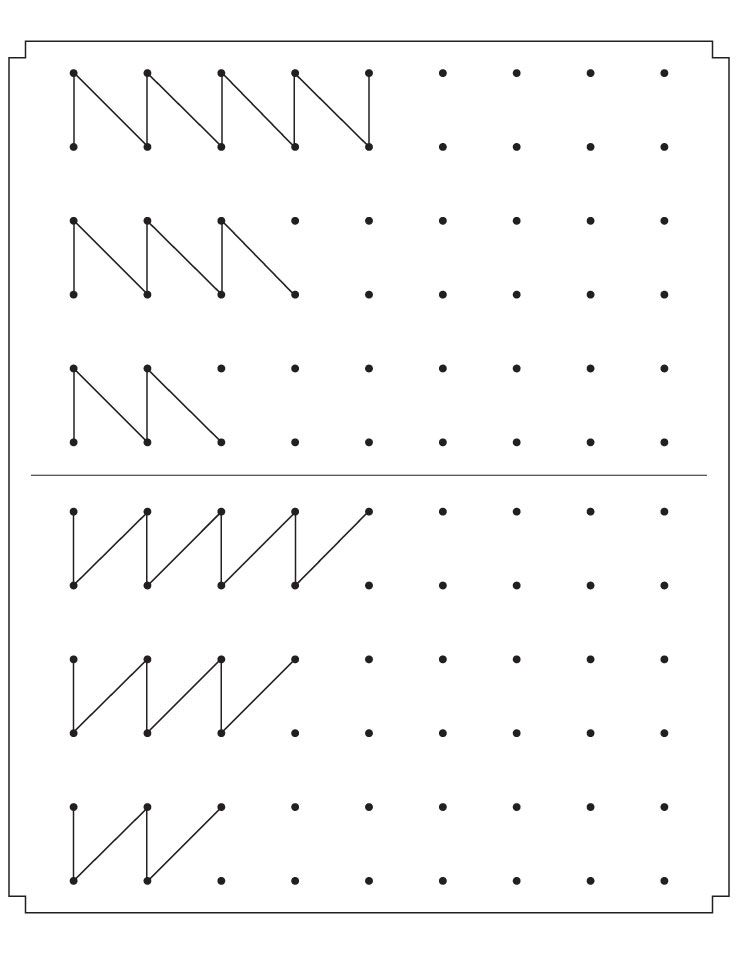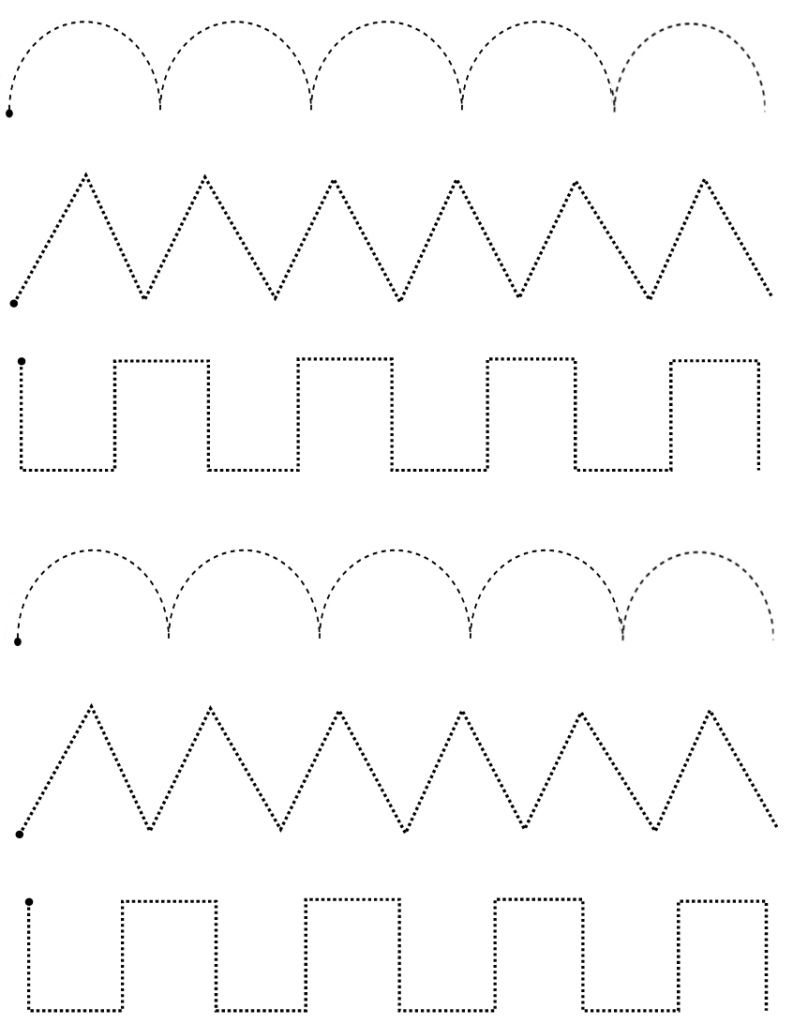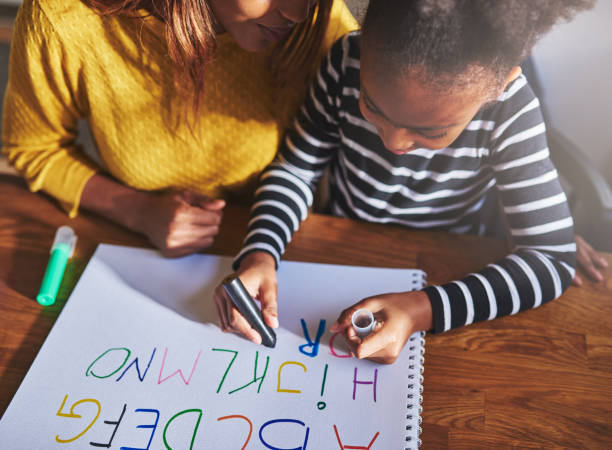Grade R – 3 Handwriting Guidelines, Fonts, Patterns, and Skills Practice Worksheets. The handwriting guideline document is for Grade R, Grade 1, Grade 2 and Grade 3.
Need Help?
[quform id="1" name="Schools Form"]The Handwriting Guide has been developed for Foundation Phase teachers to manage the teaching of Handwriting for Grades R to 3. The content of this document addresses the clarity sought by teachers and their concerns expressed during the contact sessions held with the Provincial and District Officials. It addresses the following aspects:
- perceptual development (Writing readiness)
- the purpose of various stages of handwriting, letter formation, physical factors that impact on handwriting and the different writing styles
The teaching of handwriting is incorporated into the Curriculum and Assessment Policy Statement (CAPS) for Languages, in terms of the policy prescripts to ensure that the basic writing skills are taught from Grade R to 3.
Table of Contents
Grade R Handwriting Video Lesson
Grade R – 3 Handwriting Guidelines Concepts
What is handwriting?
- Handwriting is a skill that learners cannot discover for themselves.
- Handwriting means the legible formation of letters, words and numerals. The learners must be taught how to form the letters and then practice it. It is essential that learners master the skills of handwriting, because although handwriting may be supplemented by technical aids such as the computer, it can never be replaced completely.
- Although learners will develop their own writing style in later years , it is essential that they use the correct pencil grip and are taught to form the letters , the starting point ,size, shape, direction of movement and how letters are positioned on/spaced between the lines
- Learners need to develop a script that is legible and clear, while speed is developed gradually. Handwriting should be seen as the learning and mastering of a handwriting system and the effective use of that mechanical system. At the end of the Foundation Phase all aspects such as correct letter and figure formation, size, spacing, clarity, legibility of print and script should be mastered.
- The basis of good handwriting is repetition.
Why should you teach handwriting?
- Learners need to write clearly and easily with increasing speed as a result of frequent practice.
- Learners who cannot finish tasks in time are often mistaken as having a problem with content.
- Like all skills handwriting needs to be taught, it cannot be acquired automatically.
What is involved in handwriting?
- In writing the spoken word has to be converted into visual images.
- Visual –motor co-ordination plays a decisive role in writing. The hand and eye must co-ordinate
- Before attempting any formal handwriting, certain development has to take place and the learner will go through different stages of development. This will enable the learner’s ability to correctly see, copy and draw / write patterns and letters.
PDF Guidelines Document
Handwriting Practice Sheets for Download

Patterns Practice Sheets for Download

Hand-tracing practice sheet

Did You See These?
- Grade R CAPS Daily Programme (Timetable)
- Grade R Assessment Checklist Sheet for CAPS
- English HL Grade 2 Annual Teaching Plan (ATP) for 2023
- Grade R Report Template South Africa
- Importance of daily programme in Grade R
- English HL Grade 1 Annual Teaching Plan (ATP) for 2023
- Teaching handwriting in the Foundation Phase
- Grade R Mathematics Assessment Question Paper and Memo

